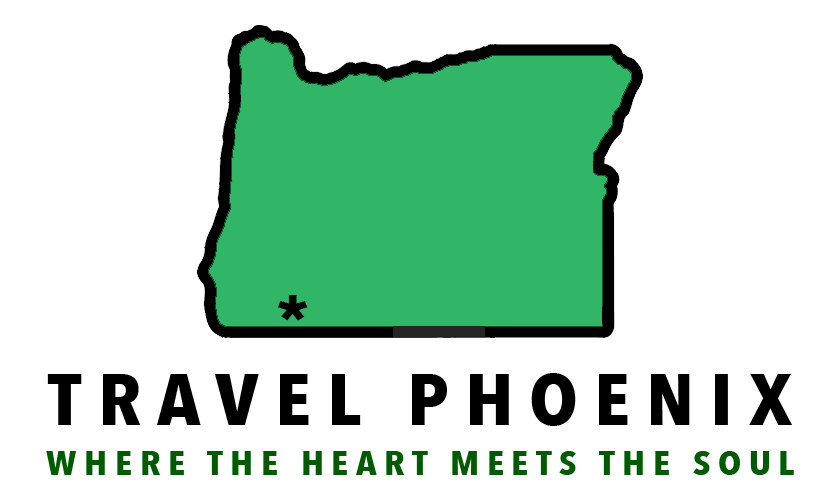May 27, 2023 | Rebecca Scott for Travel Phoenix Oregon
When catastrophe strikes, a swift response includes identifying the damage, finding who requires help, obtaining resources and getting them out into the community as fast as possible.
The Almeda Fire elicited such a response in Phoenix three years ago. After the fire, resources from the community, region and state helped people and businesses who suffered losses get back on their feet. However, the work didn’t end there. As time passed — from weeks, to months, and now years — the recovery process continued.
Since the fire, the City of Phoenix has focused much of their efforts into rebuilding. Over time this has evolved from meeting immediate needs for food and shelter, to renewing what the community lost and bringing in new opportunities to help the city thrive.
Fostering opportunities for growth
One of the renewal efforts in Phoenix made possible through public and private funding was rebuilding Blue Heron Park.
It was a massive project, costing over $500,000 to replace the play structure, said Eric Swanson, Phoenix’s city manager. FEMA paid for about 90% of the project, with the remaining 10% funded through the state and Business Oregon.
However, there were some things that FEMA dollars would not pay for, such as a shade structure and pavers. Those were obtained through fundraising efforts and partnering with local businesses.
“It was a huge community effort,” said Swanson.
The city also applied for grants, including T-Mobile’s Hometown Grant Program. To their joy, Phoenix was one of 25 cities selected from a group of 400 applicants and received $50,000. The grant money will be used to add covered seating areas to the park.
The success of the park rebuild highlights the resiliency of Phoenix.
“It’s important to give something back, especially to the children,” said Swanson. “Parks are a huge part of any city, and Blue Heron was a jewel in Phoenix. And now it is again.”
Additionally, the city seized an opportunity to move city hall and the police and fire departments into one complex. With a projected completion date of March 2024, the new building will provide a fresh space for some of the city’s most important services.
“We decided to improve our public works departments as part of Phoenix’s growth,” said Swanson. “It will enhance police and fire response times, and the new city hall will make a positive first impression when people visit our community.”
Building a prosperous future
In the years ahead, Phoenix hopes to expand its urban growth boundary (UGB). Doing so would help expand urban development and the reach of city limits. The City of Phoenix has worked on identifying these growth areas since the early 2000s, when the Greater Bear Creek Valley Regional Problem Solving process began.
“The lack of developable land in Phoenix has kept the city from attracting much-needed residential development,” said Swanson.
This absence of usable land became glaringly apparent after the Almeda Fire, when more than 2,500 residential units were lost in Talent, Phoenix and the unincorporated portion of Jackson County just north of Phoenix.
The city of Phoenix worked diligently to get fire survivors back in their houses and has made incredible progress. On the residential side, the city is at a 93% rate of occupancy for houses lost in the fire.
Additionally, the city remained steadfast in its efforts to provide additional land for future growth.
The Oregon Department of Land Conservation and Development approved Phoenix’s revised UGB in December 2022, so it will now include the urban reserve area known as PH-3 and part of another area called PH-5.
“The outlook for Phoenix is promising,” said Swanson. “The city has a lot of potential for growth for businesses and residents.”

